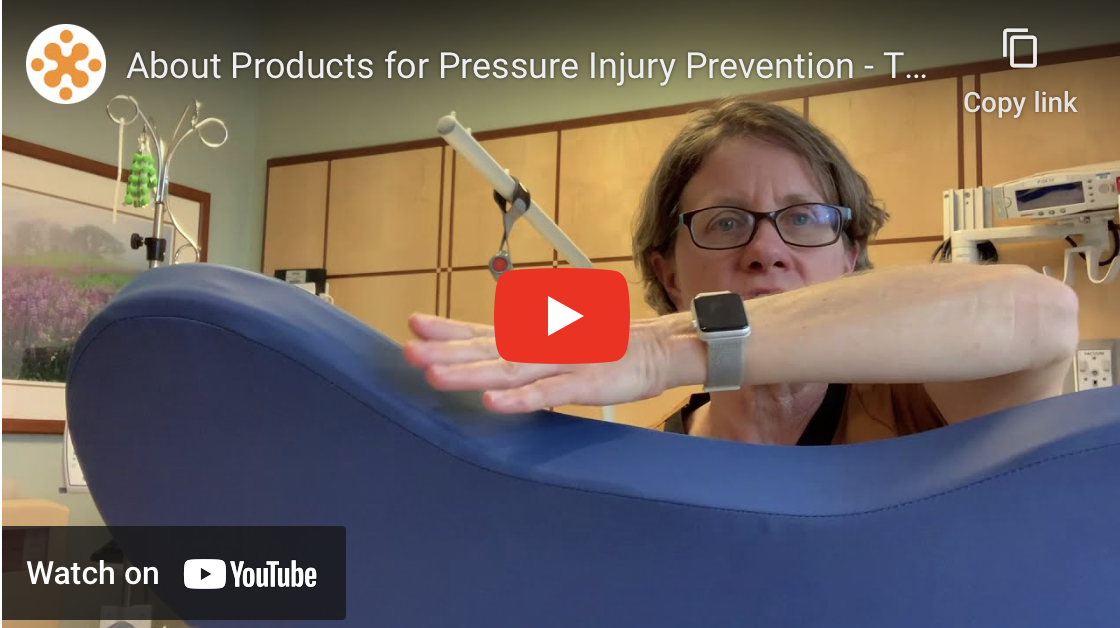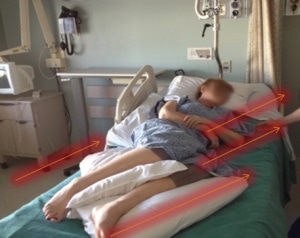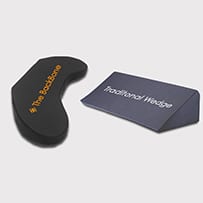Why Pressure Injuries Still Happen: Understanding the Scope and Risk Factors?
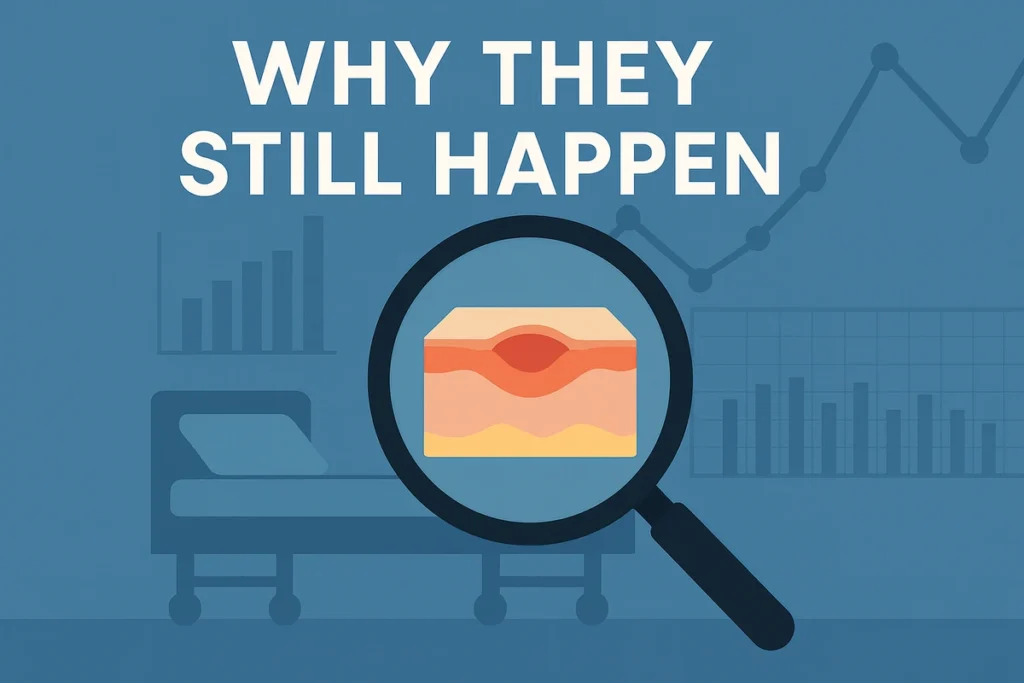
As of 2016, it was estimated that 2.5million people contract a pressure injury. Over 60,000 Die from pressure injury related complications From 2016 to present, the rate of pressure injury development in US healthcare facilities (hospitals and long-term care), is going up every year. Current rates of pressure injury development vary from as little as 2% of total patients to as high as 45% depending on the facility.
Due to reporting inconsistencies, the true number of people who suffer pressure injuries each year is difficult to know for sure but is far more than 2.5 million. Pressure injuries are considered avoidable with appropriate care.
Pressure injury occurrence in healthcare facilities is indicator of the quality of caregiving provided by facility bedside caregiver staff.
High PI rates are considered a sign of neglect. Facilities with high rates are subject to reduced reimbursements, penalties and lawsuits. In extreme cases they can be shut down.
Why Do Pressure Injuries Happen?
There are many risk factors associated with PI development. In most cases, a person gets a pressure injury due to a combination of health factors and environmental factors.
- Intrinsic (Health) Factors Intrinsic, or internal health factors, are disease or injury states that can make a person at risk for pressure injury. These are conditions that lead to one or more of the following: Immobility: Extended and severe disability due to injury, neurological ds/injury, advanced age, patient behavior, etc. Poor skin integrity: due to advanced age, poor nutrition/hydration, certain medications, trauma, disease, etc. Constant exposure to moisture: especially incontinence. Reduced or restricted tissue perfusion related to cardiovascular, diabetes, hypotension, trauma, etc.
- Extrinsic Factors Extrinsic, or environmental, factors are circumstances exposure to pressure and tissue perfusion, moisture that affect the persons, friction & shear and the persons state of nutrition & hydration Environmental: Quality of resting surface(s), quality of accessory equipment and supplies, access to assistance, nutrition & hydration, education, training. Caregiver: Quality and consistency of care: knowledge, training, skill level, competency, attentiveness. Institutional: Quality of administrative organization, investment and support of PIP related care, especially adequate caregiver staffing.
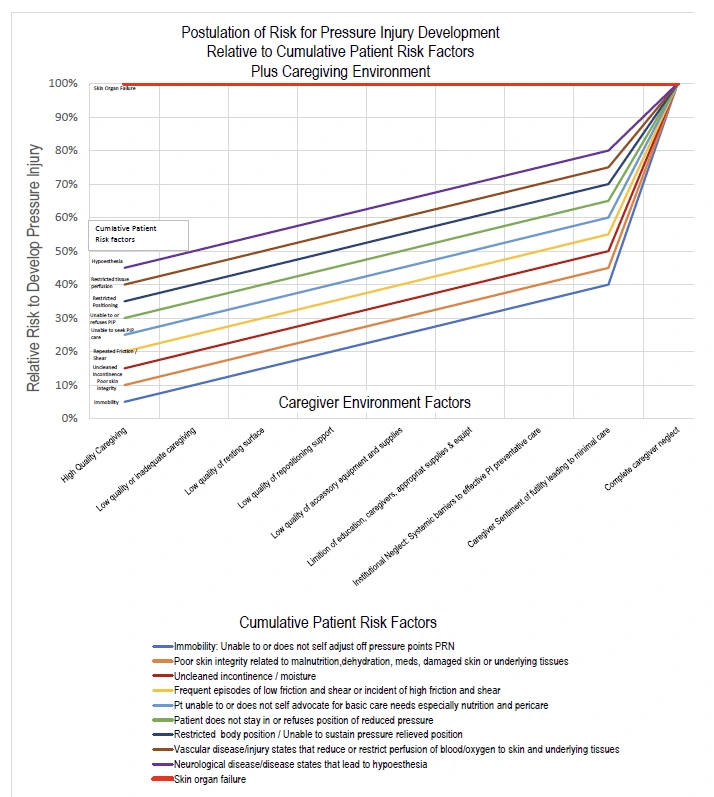
Here are some links to some of our instructional videos:
QUICK & EASY BEDSIDE BRADEN ASSESSMENT DEMO
How to Turn and Set 30-Degree Lateral Wedge and Relieve Pressure
New Hire Orientation & Annual Refresher: Bedside Braden Risk Assessment and When it's Time to Turn.
To download The Ultimate Guide: How to Stop Bedsores, click the title or click here.
Jewell Nursing Solutions’ mission is to empower all caregivers to prevent and heal pressure injury wounds.
For more information, contact us HERE.
